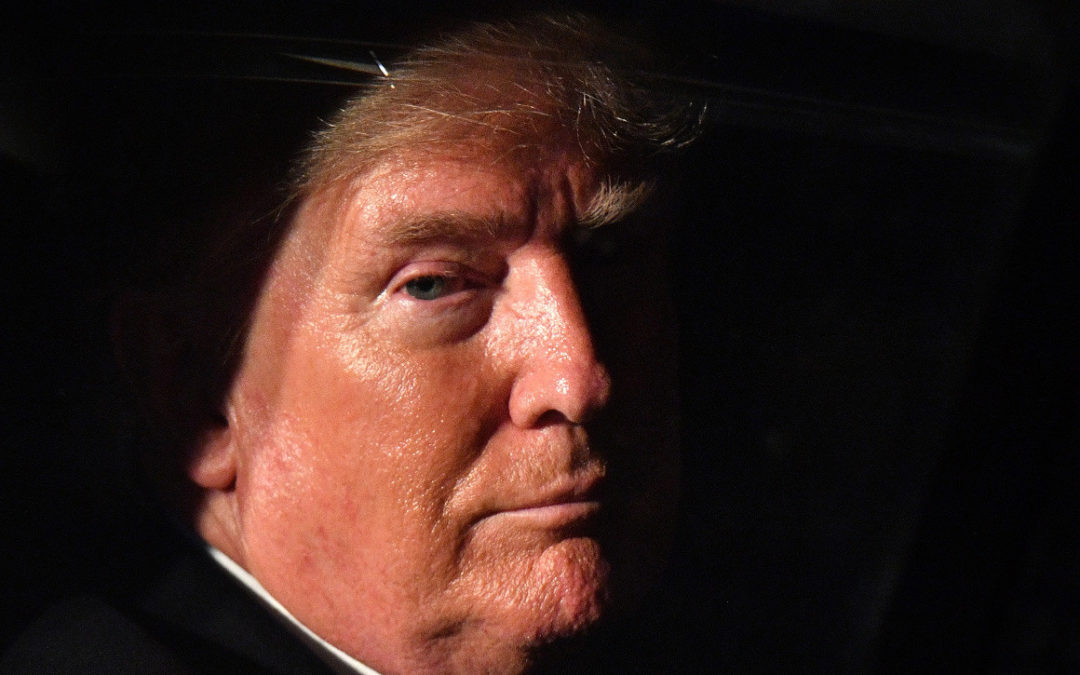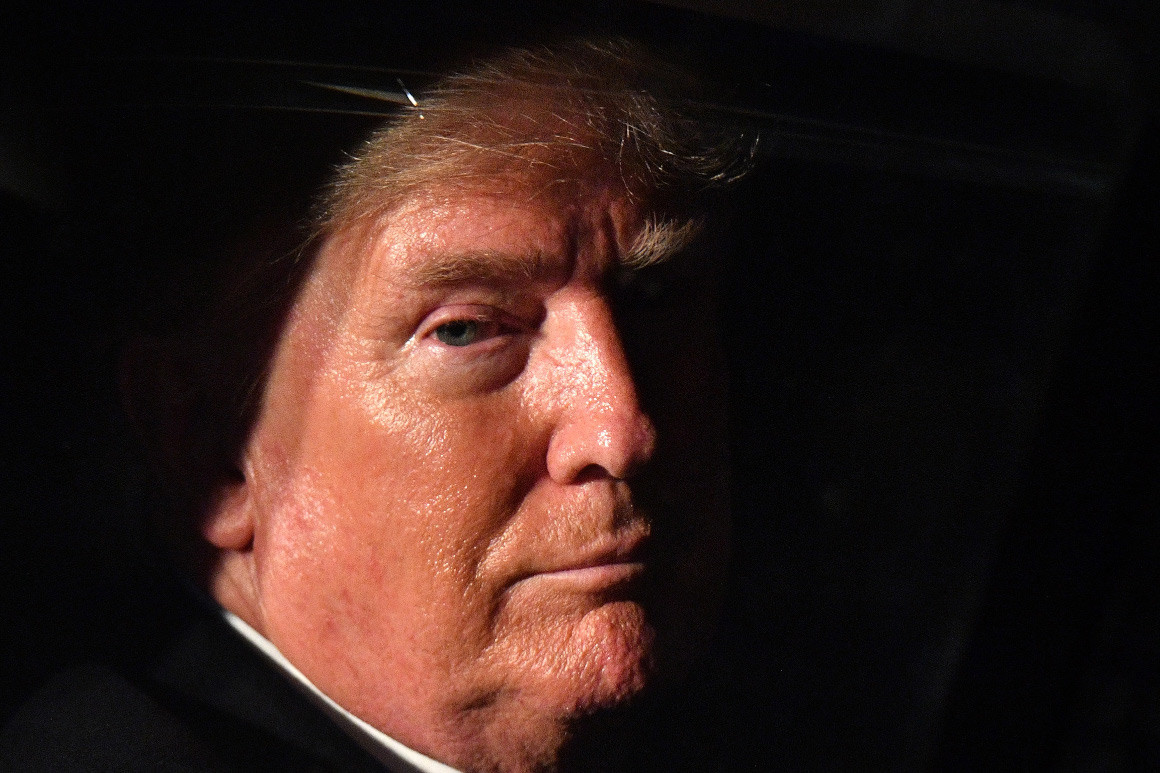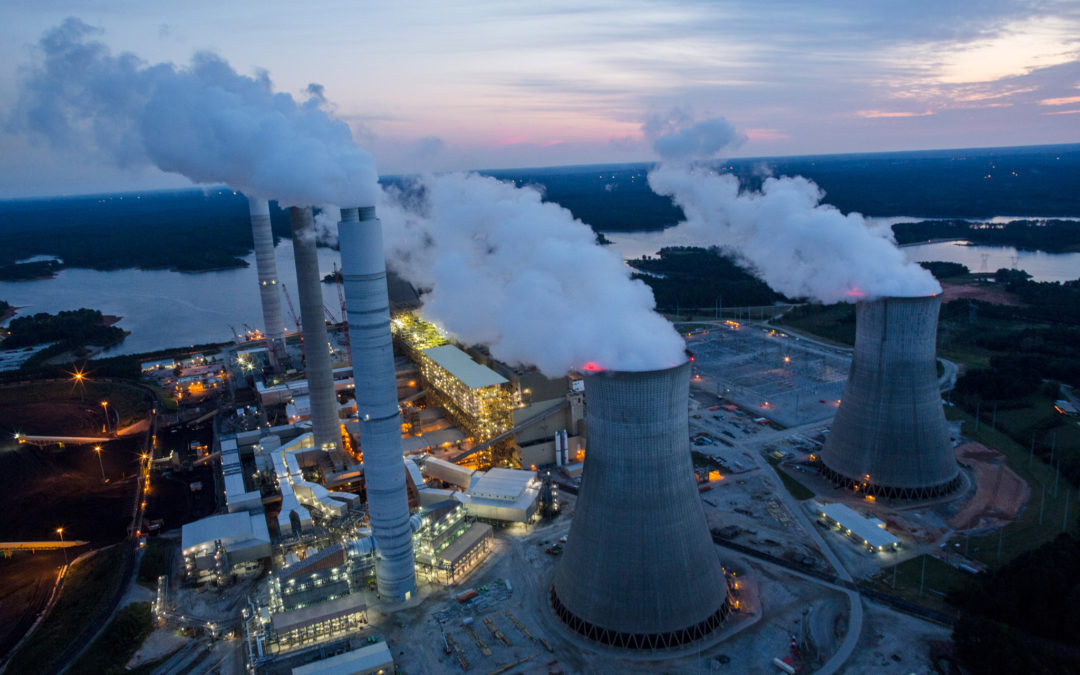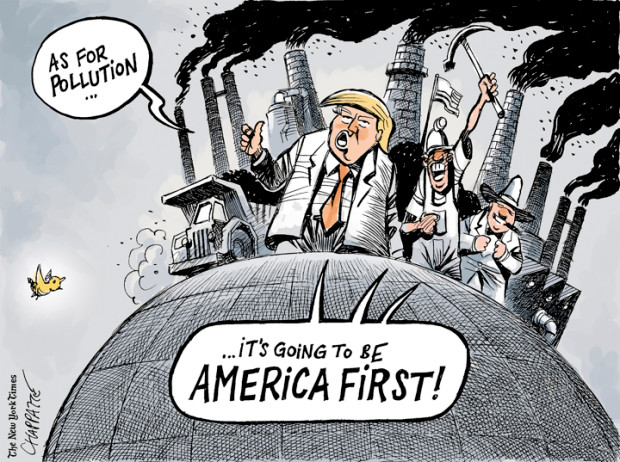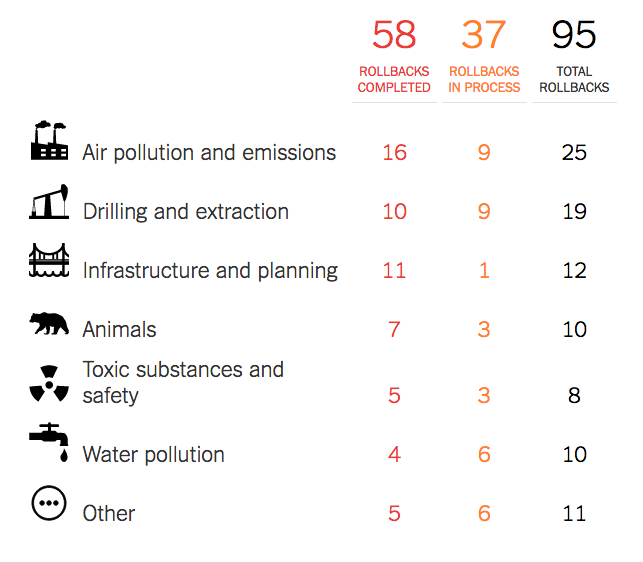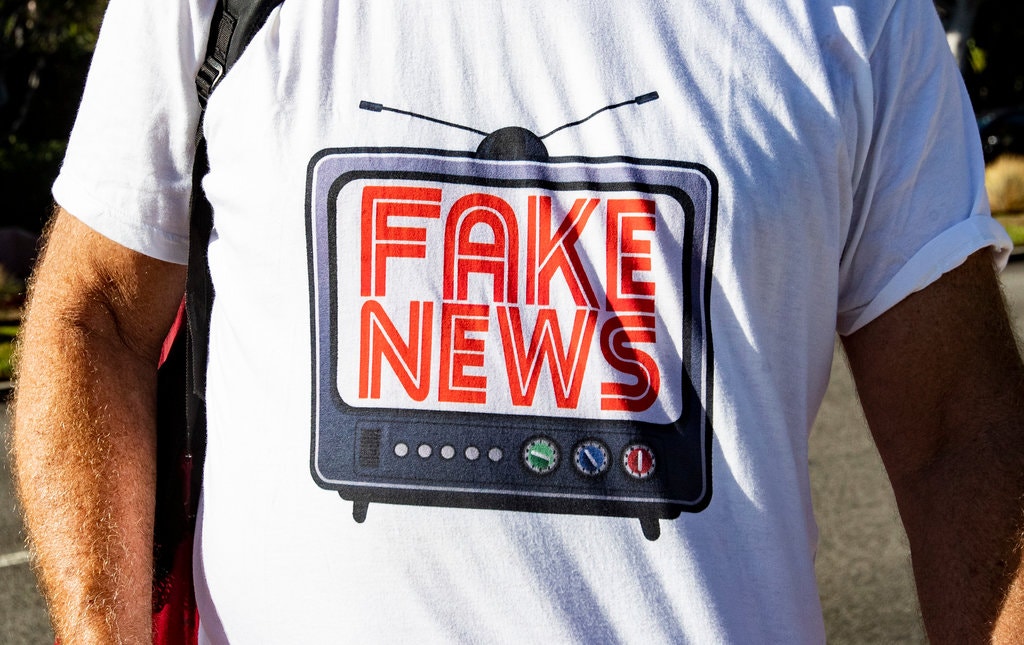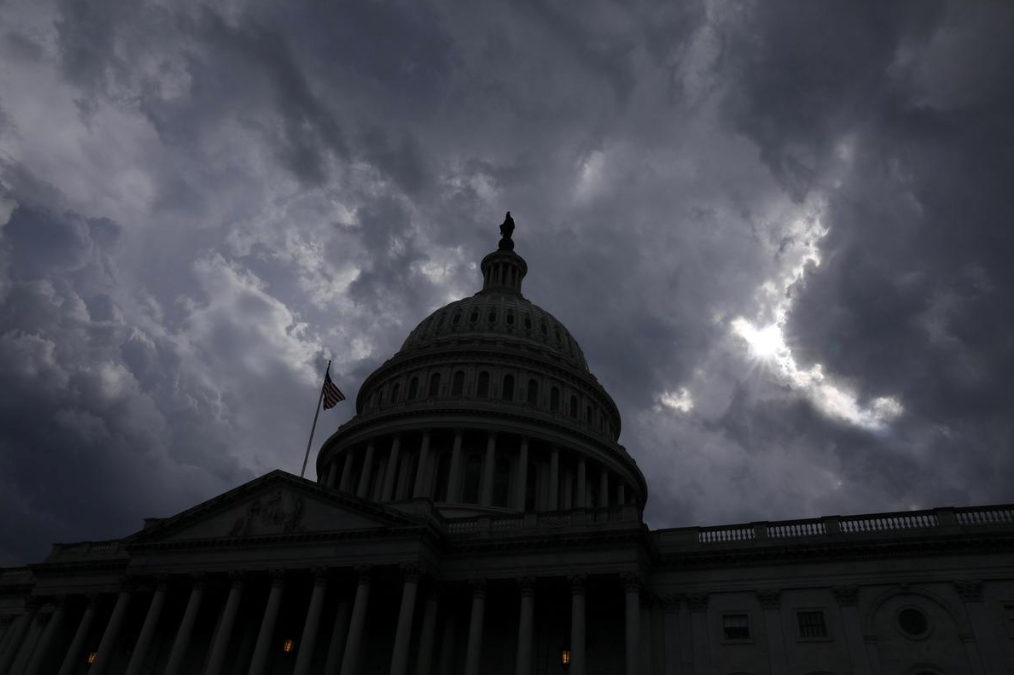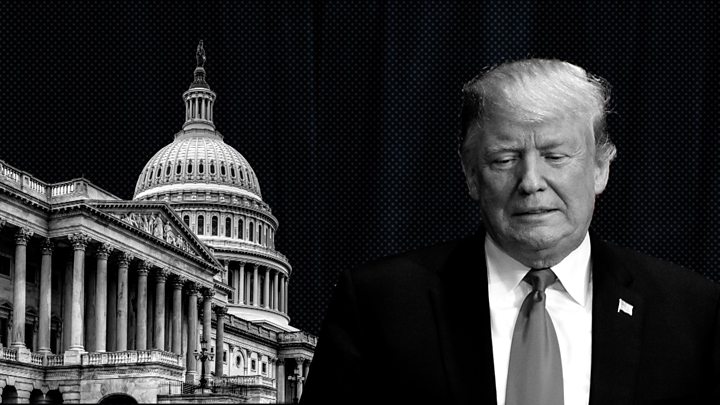A small number of people at a few federal agencies have vast power over the protection of American air and water.
Under the Trump administration, the people appointed to those positions overwhelmingly used to work in the fossil fuel, chemical and agriculture industries. During their time in government they have been responsible for loosening or undoing nearly 100 environmental protections from pollution and pesticides, as well as weakening preservations of natural resources and efforts to curb planet-warming greenhouse gas emissions.
Of 20 key officials across several agencies, 15 came from careers in the oil, gas, coal, chemical or agriculture industries, while another three hail from state governments that have spent years resisting environmental regulations. At least four have direct ties to organizations led by Charles G. and the late David H. Koch, who have spent millions of dollars to defeat climate change and clean energy measures.
Gretchen Goldman, research director at the Union of Concerned Scientists, noted that many Republican administrations had brought in people from regulated industries. “There’s nothing inherently wrong with hiring people from the private sector. But we need to make sure they are making decisions in the public interest,” she said.
The Trump administration has said it is focused on ending government overreach, and agency officials said it should be no surprise the administration has tapped people who have dealt first-hand with regulations and share President Trump’s deregulatory goals. Administration press officers added that top agency officials had spent years in public service as well as in the private sector; that all agency officials undergo ethics training; and that those who have worked for industry had signed recusal statements.
“Senior administration officials, an overwhelming majority of whom the Senate has given their advice and consent to, understand that economic growth and environmental protection do not need to conflict,” Judd Deere, a White House spokesman, said in a statement.
The Environmental Protection Agency
When Cleveland’s heavily polluted Cuyahoga River caught fire in 1969, it galvanized the nation and helped lead to the creation of the Environmental Protection Agency. Since then, the E.P.A. has tracked pollution and enacted regulations to guide clean air and water laws and reduce levels of toxic substances. The Trump administration has argued the agency’s rules have become too onerous — particularly for the fossil fuel and agriculture industries.
Andrew R. Wheeler
Head of the E.P.A.
Former fossil fuel lobbyist. Now in charge of regulating (and deregulating) industry.
PAST LIFE
As a lobbyist, Mr. Wheeler represented an electric utility, a uranium producer and, most significantly, a coal magnate who paid Mr. Wheeler’s former lobbying firm more than $2.7 million over eight years to loosen restrictions on coal companies.
WHAT HE GETS TO DECIDE
Mr. Wheeler’s job is to enforce clean air and water laws. During his tenure, he has rolled back regulations and made it easier for highly polluting coal plants to keep operating.
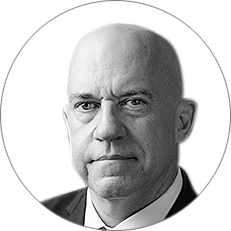 Peter Wright
Peter WrightHead of land and emergency management
Previously represented Dow Chemical in the cleanup of toxic Superfund sites. Now oversees E.P.A.’s Superfund cleanup program.
PAST LIFE
Mr. Wright spent
19 years as an attorney at Dow, one of the world’s largest chemical makers. He fought to
lessen Dow’s responsibility to contribute to the cleanup of a toxic waste site in Midland, Mich.
WHAT HE GETS TO DECIDE
Mr. Wright oversees the E.P.A.’s ongoing cleanup of thousands of Superfund sites, as well as emergency response and waste programs.
Anne Idsal
Head of air office
Former attorney at Texas environment agencies that fought federal regulations. Now oversees regulations that limit air pollution at the E.P.A.
PAST LIFE
WHAT SHE GETS TO DECIDE
As head of E.P.A.’s air office, Ms. Idsal now oversees decisions on regulating air pollution and climate change, including whether to impose controls on coal-fired power plants.
Alexandra Dapolito-Dunn
Head of chemical safety
Former attorney and law professor at nonpartisan state environmental organizations and universities. Now oversees chemical regulations at the E.P.A.
PAST LIFE
Ms. Dapolito-Dunn spent several years working in nonpartisan organizations focused on the environment, including as executive director and general counsel for the Environmental Council of the States and the Association of Clean Water Administrators.
WHAT SHE GETS TO DECIDE
Nancy B. Beck
Principal deputy head of chemical safety
Previously worked in the chemical industry against regulations of chemicals. Now in charge of chemical regulations (though currently in a temporary position at the White House).
PAST LIFE
Ms. Beck ran the E.P.A.’s chemical office for the first two years of the Trump administration but is now temporarily at the White House Council of Economic Advisors. Before joining the E.P.A., she served at the American Chemistry Council, which lobbies to weaken regulations on chemicals.
WHAT SHE GETS TO DECIDE
At the E.P.A., Ms. Beck pushed to weaken rules on toxic chemicals like the pesticide chlorpyrifos, as well as the review process for other toxic substances like the paint stripper ingredient methylene chloride. David Fischer is filling in for her at the E.P.A. while she advises the White House.
David Fischer
Deputy head of chemical safety
Previously helped chemical companies navigate chemical safety laws. Now oversees federal implementation of chemical safety laws.
PAST LIFE
Mr. Fischer held several positions over a 10-year span at the American Chemistry Council, including serving as senior director in the chemical products and technology division. He later joined a public relations firm.
WHAT HE GETS TO DECIDE
Mr. Fischer has stepped into Ms. Beck’s previous E.P.A. role during her temporary move to the White House, and is now a top policy adviser on chemical regulations.
David Ross
Head of the water office
Previously sued to block an E.P.A. clean water rule. Now runs the Office of Water.
PAST LIFE
Mr. Ross represented industry clients like the American Farm Bureau against E.P.A. water regulations before entering state government. As an assistant attorney general of Wyoming, he
challenged the E.P.A.’s clean water rule.WHAT HE GETS TO DECIDE
Mr. Ross has led efforts to restrict the scope of the Clean Water Act and to weaken an Obama-era clean water regulation known as the Waters of the United States.
Jennifer Orme-Zavaleta
Head of research and development
A career E.P.A. scientist, who now serves as E.P.A.’s top science adviser.
PAST LIFE
Dr. Orme-Zavaleta has been with the E.P.A. since 1981, working with Republican and Democratic administrations on a range of issues including water pollution and chemical exposure risk.
WHAT SHE GETS TO DECIDE
David Dunlap
Deputy head of science policy
Former chemicals expert for Koch Industries. Now oversees federal research on toxic chemicals that will determine if more regulations are required.
PAST LIFE
Mr. Dunlap previously served as a policy chief at Koch Industries, focusing on water and chemical management. Earlier, he served as a vice president of the Chlorine Institute, which represents producers and distributors.
WHAT HE GETS TO DECIDE
Mr. Dunlap is the top political deputy overseeing E.P.A.’s pollution and toxic chemical research at the Office of Research and Development. Mr. Dunlap helps to review chemicals to determine if they require new restrictions. He has recused himself from work on one particular chemical, formaldehyde, because Koch Industries is a major formaldehyde producer.
∴
Department of the Interior
The Interior Department manages more than 500 million acres of land and 1.7 billion acres of ocean floor, as well as the plants and animals living there and the oil, gas and other minerals that lie below. Under the Trump administration, the agency has removed regulatory obstacles to fossil fuel development.
David Bernhardt
Head of the Department of the Interior
Former lobbyist for oil, gas and farming interests. Now oversees all federal land and natural resource use.
PAST LIFE
Former lawyer and lobbyist for oil and gas companies including Halliburton, Cobalt International Energy, Samson Resources, and the Independent Petroleum Association of America.
WHAT HE GETS TO DECIDE
Mr. Bernhardt leads the Interior Department, overseeing millions of acres of federal land and waterways. Under his tenure, the agency has weakened protections for endangered species, rolled back regulations on methane fought by the oil and gas industries, and weakened protections for fish in order to divert water to California farmers.
Douglas W. Domenech
Oversees oceans, coasts and American territories
Previously worked as an oil lobbyist and on lawsuits to weaken environmental policies. Now oversees policy decisions over oceans and in U.S. territories.
PAST LIFE
Mr. Domenech was the director of the Fueling Freedom Project of the Texas Public Policy Foundation, a Koch-funded group that promotes fossil fuels. Before that, he was the secretary of natural resources in Virginia, where he supported oil drilling off the state’s coastline.
WHAT HE GETS TO DECIDE
Mr. Domenech has been closely involved in most major policy decisions at the Interior Department, including scaling back national monuments in Utah and reversing endangered species protections.
William P. Pendley
Acting chief, Bureau of Land Management
A conservative attorney who has advocated selling off public lands. Now oversees 250 million acres of public lands.
PAST LIFE
Mr. Pendley has long been critical of public lands and the environmental movement, and has compared government regulation to tyranny. He once compared climate change to a “unicorn” because “neither exists.”
WHAT HE GETS TO DECIDE
Mr. Pendley is in charge of all federal public land across 12 western states, and decides whether or not to grant leases to fossil fuel companies for oil exploration and mining. He currently is overseeing the move of the Bureau of Land Management’s headquarters to Colorado.
Scott A. Angelle
Head of offshore safety and enforcement
Previously opposed former President Barack Obama’s halt on drilling after the 2010 Deepwater Horizon oil spill. Now oversees safety measures put in place after disasters.
PAST LIFE
As Louisiana’s secretary of natural resources, Mr. Angelle
pushed to lift the Obama administration’s moratorium on Gulf Coast drilling imposed after BP spill. Shortly after being appointed to the Interior department, he told a group of oil and gas executives, “
Help is on the way.”
WHAT HE GETS TO DECIDE
Aurelia Skipwith
Director of Fish and Wildlife Services
Previously worked for the agrochemical giant Monsanto. Now oversees the recovery of threatened and endangered species.
PAST LIFE
Ms. Skipwith co-founded, with her fiancé, and served as general counsel of an agricultural consulting company, AVC Global. She previously worked for agricultural companies like Monsanto.
WHAT SHE GETS TO DECIDE
The Fish and Wildlife service oversees most wildlife protection in the United States as well as 150 million acres of land conservation and development projects on the nation’s wildlife refuges.
James F. Reilly
Director, U.S. Geological Survey
Used to be a geologist for an oil and gas company. Now he oversees an initiative to restrict the way the government uses climate change models.
PAST LIFE
Dr. Reilly worked for 15 years as the chief geologist for Enserch Exploration, an oil and gas company based in Dallas. He also worked at NASA and was an astronaut for 13 years.
WHAT HE GETS TO DECIDE
Dr. Reilly has
ordered that scientific assessments from the U.S. Geological Survey focus on climate models that project the effects of climate change through 2040, rather than 2100, which had been the previous standard. Federal scientists say that would be misleading because the major impacts of current emissions may be felt after 2040.
Daniel Jorjani
Solicitor of the Department of the Interior
Formerly an adviser to organizations led by the Koch brothers. Now a top attorney overseeing President Trump’s policy of encouraging fossil fuel production and development.
PAST LIFE
Mr. Jorjani served in the Interior Department under George W. Bush, and then worked for three different groups connected to the billionaire brothers Charles G. and David H. Koch, who have spent millions opposing efforts to fight climate change.
WHAT HE GETS TO DECIDE
∴
Department of Energy
In addition to overseeing the country’s nuclear arsenal, the Energy Department helps to develop energy from fossil fuels as well as renewables like wind, solar and geothermal power. Under the Trump administration it has rolled back energy efficiency measures for appliances and light bulbs, and promoted the export of coal and liquified natural gas.
Dan Brouillette
Head of the Department of Energy
Former lobbyist for the insurance industry and for Ford Motor Company. Now secretary of the Department of Energy.
PAST LIFE
Mr. Brouilette was senior vice president of the United Services Automobile Association and at the Ford Motor Company. He has lobbied for the Business Software Alliance, Lockheed Martin, Time Warner, Entergy & Verizon.
WHAT HE GETS TO DECIDE
Mr. Brouillette oversees the country’s nuclear energy stockpile and the national laboratories conducting energy research and development. In December, one of his first acts as secretary was to roll back Obama-era energy efficiency standards for light bulbs.
Neil Chatterjee
Chairman, Federal Energy Regulatory Commission
Formerly coordinated opposition to climate regulations as an energy adviser for Republican Senator Mitch McConnell. Now serves as the country’s top energy regulator.
PAST LIFE
As the energy policy adviser to Mitch McConnell, the Senate majority leader, Mr. Chatterjee helped fight regulations Mr. McConnell considered cumbersome, like the Clean Power Plan rules restricting coal-fired power plants.
WHAT HE GETS TO DECIDE
The Federal Energy Regulatory Commission regulates the interstate transmission of electricity, natural gas and oil. Recently the commission ruled that wind, solar and other clean energy sources can be assessed a surcharge when bidding into the country’s largest power market, a move aimed at propping up fossil fuels and potentially discouraging new investments in renewable power.
Daniel Simmons
Assistant Head of Energy Efficiency and Renewable Energy
Used to work for an organization that called for the elimination of the Department of Energy’s office of energy efficiency and renewable energy. Now he runs that office.
PAST LIFE
Mr. Simmons was vice president for policy at the Institute for Energy Research, which is funded by fossil fuel interests, including Koch Industries. He held the same position at the group’s advocacy arm, the American Energy Alliance, which once called for the elimination of the office of energy efficiency and renewable energy.
WHAT HE GETS TO DECIDE
The department’s mission is to help support the development of clean, renewable and energy efficiency technologies and support a global clean-energy economy.
∴
Office of Information and Regulatory Affairs
Any agency that writes a regulation — or rolls back a regulation — works with the Office of Information and Regulatory Affairs. This obscure but powerful division of the White House Office of Management and Budget performs cost-benefit analyses on all regulatory actions before they are finalized. Some examples include the E.P.A.’s plan to weaken regulations on coal plants and the Interior Department’s plans to loosen protections for endangered species.
Paul Ray
Head of Office of Information and Regulatory Affairs
Former corporate attorney who represented Exxon and other companies that fought environmental regulations. Now he runs the agency that oversees every regulation.
PAST LIFE
As a corporate attorney, Mr. Ray’s clients included chemical, oil and gas, and pharmaceutical companies as well as the paper and wood industry.
WHAT HE GETS TO DECIDE
He will review every major regulation that the Trump administration proposes, and is responsible for carrying out Mr. Trump’s executive order directing agencies to repeal two regulations for each significant one they issue.

